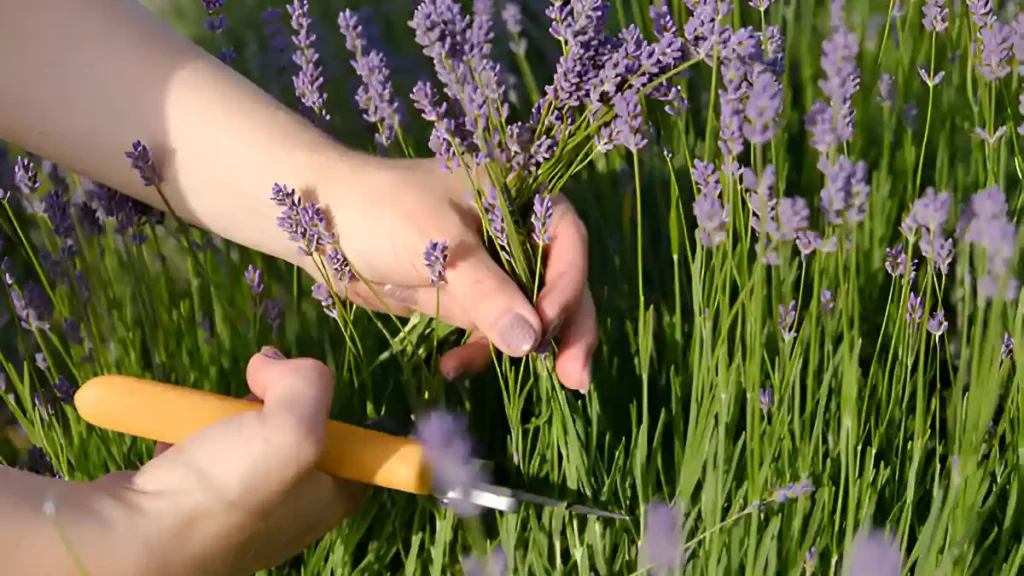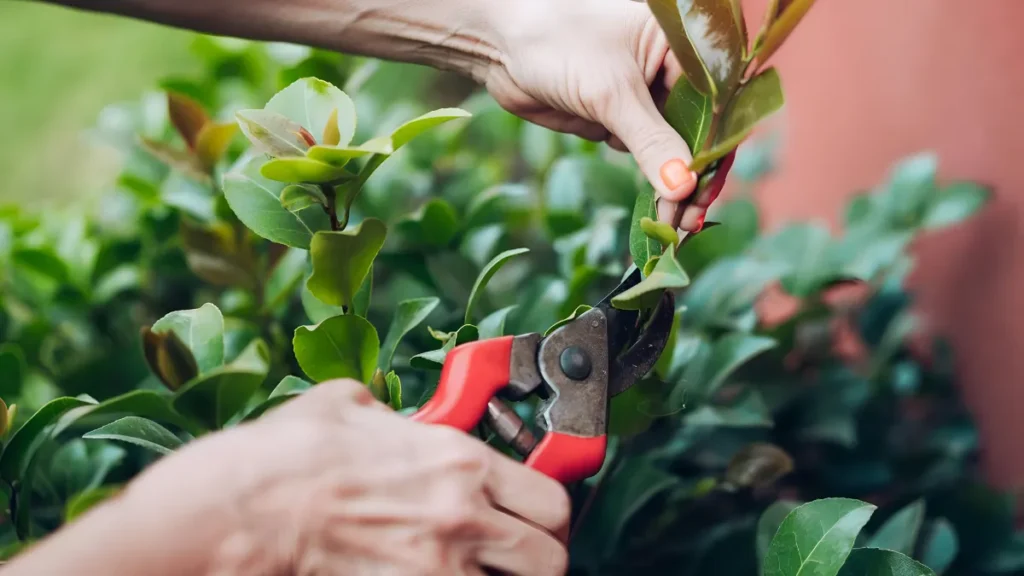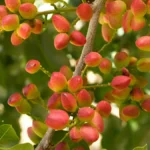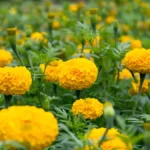Pruning in August is a crucial duty for gardeners who want to maintain healthy, well-shaped plants. Some plants benefit from deliberate pruning when summer heats up, which promotes new growth, increases airflow, and prepares them for the next growing season. August is also great for pruning sick or dead branches off trees and shrubs, keeping them healthier overall. We will discuss a few tips for plants to prune in August in detail below.
List of plants to prune in August:
Trimming some trees in August helps them keep their shape and encourages healthy growth. Consider trimming some of these trees in August.
Philadelphus
Philadelphus, a genus of flowering plants native to Asia, North America, Central America, and South America, requires pruning for shape, growth, and flowering.
- In many areas, philadelphus finishes flowering in August, at which point plants are trimmed. This gives the plant enough time to develop new growth so that it can bloom the next year.
- Avoid pruning in spring to avoid fragrant flowers. Cut the thickest stems at the ground for fresh, robust shoots. Trim remaining stems by a quarter to a third.
- Trim branches to outward-facing buds and reduce flowering stems to one-third of the original length. Avoid over-pruning to promote outward development and avoid hindering the following season’s blooming.
Bottlebrush
Bottlebrush, a Myrtaceae family flowering plant native to Australia, is known for its brilliant red flowers, which require pruning to maintain shape and attract more colorful blooms.
- For bottlebrushes, pruning should be done as soon as flowering is over; in most cases, this means in August. Steer clear of late pruning, which may result in fewer flowers throughout the following flowering season.
- Maintaining a tidy bottlebrush plant after summer flowering involves pruning off diseased, damaged, or dead branches to prevent illness spread and maintain its health.
- Trim inward-growing branches to increase airflow, encourage more flowers, and maintain the desired form. Careful pruning stimulates new growth, carrying distinctive blossoms the following year.
Camellia
Asian natives of the tea family comprise the genus Camellia, which includes flowering plants. To ensure optimal development and an abundance of flowers, camellia plants need to be pruned.
- A young camellia plant shouldn’t require pruning until it is about 4 years old unless you need to trim off any broken or unhealthy branches. To enable light to penetrate the interior of the bush, you should trim your camellias in August after they have finished blooming.
- Ensure clean and sharp pruning blades for blooming shrubs or plants. Eliminate unhealthy or dead wood for plant health and prevent illness spread. Examine natural growth patterns for variety before pruning.
- Retrim late in the season to prevent next-year buds removal. Lower Camellia height by pruning upper branches and removing lanky growth, based on hardiness zone.
Deciduous hedges
Deciduous hedges, which shed their leaves annually, provide seasonal interest with their ever-changing foliage patterns, and their density, health, and form require regular pruning.
- A light trim can be done in mid- to late-summer to retain the shape of many deciduous hedges, August is an excellent time to do this. Your gardening style will determine the equipment you employ and the cutting technique.
- Identify and remove infected, dead, or damaged branches, trim tops for sunshine distribution, and make small angle incisions above the bud for healthy growth.
- Maintain a deadheading routine with pruning shears, trim dense interior branches, apply a balanced fertilizer, and ensure the hedge receives adequate water, especially in dry weather.
Oak trees
North America and Eurasia are home to the bulk of the world’s natural oak trees. To preserve the health of the tree and prevent diseases, proper timing and skill are necessary when pruning oak trees.
- Accurately identify oak types, evaluate tree health and age, and trim dead or damaged branches for young oaks, especially those under three years old.
- Eliminate Water Sprouts and Suckers. Eliminating them stimulates the tree to produce more robust branches. To increase air and light flow to the tree’s core, trim off any smaller branches.
- Never trim a tree’s crown since doing so weakens the tree. Here’s how to chop it off. First, cut a small opening on the branch’s underside, around 6 to 12 inches away from the trunk. Next, step back from the initial cut by a few inches.

Lavender
Native to the Mediterranean region, lavender is a flowering plant of the mint family. Pruning lavender is necessary to keep it in shape and promote more blooms.
- Hardy lavender is best trimmed around August in most regions, but you can tackle this possible problem any time of year. For precise cuts that won’t harm the plant, use clean, sharp pruning shears.
- Trim sick, dead, or damaged stems, reduce plant height by one-third, and avoid pruning woody portions as it doesn’t guarantee reseeding.
- Lavender cultivates best in dry conditions, so don’t overwater it. Mulch around the base of the plant to keep it moist and discourage weed growth, but keep it away from the root to prevent rot.
Conclusion:
Many plants require pruning in August to keep them looking good and in good condition. Summer-flowering shrubs are perfect for pruning now that they have completed flowering and can be shaped for the following season. Deadheading wasted flowers and trimming back herbaceous perennials can encourage a rebloom or increase the plant’s general vigor. The above article discusses some plants to prune in August.
Certainly! If you’d like to learn more, please consider following our WhatsApp Channel: Harvest Gardening
A frequently asked questions:
Q1. What are the perennial plants to prune in August?
A1. Perennials including asters, bee balm, coneflowers, daylilies, and phlox should all be pruned in August. This promotes new growth and keeps them in shape.
Q2. What should I avoid when pruning in August?
A2. Trim back spring-flowering shrubs in August to prevent removing flower buds for the next season and avoid over-pruning to prevent plant stress.
Q3. What are the evergreen plants to prune in August?
Q3. August is the perfect time to prune evergreens including juniper, boxwood, yew, and holly.



